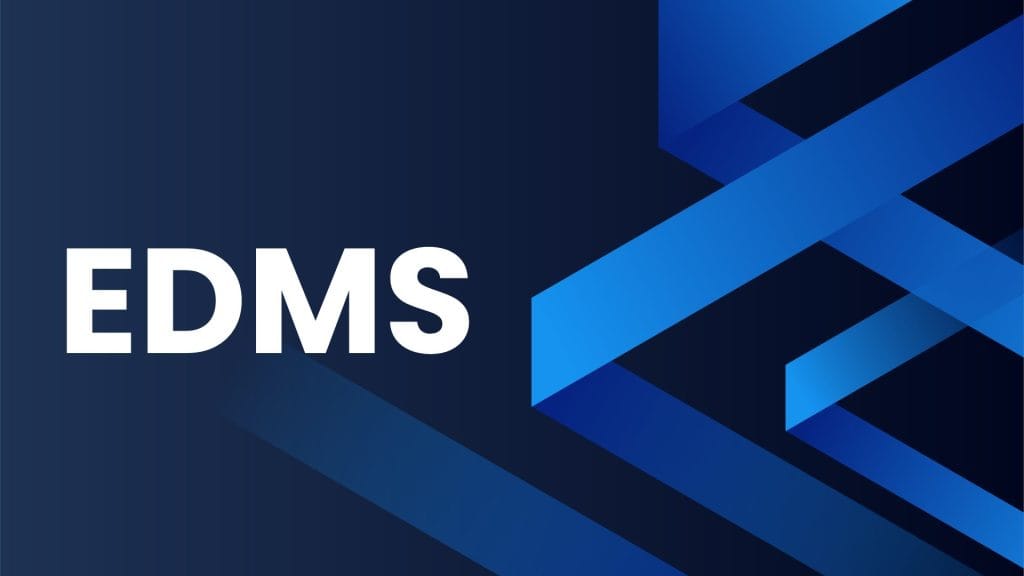Ever felt like your company’s documents are running wild—scattered across emails, cloud storage, and dusty filing cabinets? You’re not alone. Managing business documents efficiently is a headache for many organizations, but that’s where an Enterprise Document Management System (EDMS) comes in.
Think of an EDMS as a super-organized digital librarian that keeps all your files secure, searchable, and accessible—no more frantic searches for that one contract from three years ago. But before you dive in, there’s a lot to unpack.
Ready to learn how an EDMS can transform your business? Let’s break it down.
What Is an Enterprise Document Management System?
An Enterprise Document Management System (EDMS) is a centralized digital platform that helps businesses store, organize, track, and manage documents efficiently. Unlike your typical folder system, an EDMS offers powerful features like:
- Version control – No more “final_final_v2_revised.docx” chaos.
- Access control – Ensure only the right people see sensitive files.
- Automated workflows – Say goodbye to manual approvals and lost paperwork.
Whether you’re handling invoices, contracts, or HR records, an EDMS keeps everything in check.
Why Do Businesses Need an Enterprise Document Management System?
Still on the fence? Here’s why companies are ditching paper piles and messy shared drives for an EDMS:
1. Say Goodbye to Document Chaos
Ever wasted hours searching for a misplaced file? With an EDMS, every document is indexed and retrievable in seconds.
2. Enhanced Security & Compliance
Data breaches are costly. An EDMS offers encryption, audit trails, and role-based permissions to keep sensitive info safe—especially crucial for industries like healthcare (HIPAA) and finance (GDPR, SOX).
3. Improved Collaboration
Remote teams? No problem. Cloud-based EDMS solutions let employees access, edit, and approve files from anywhere—without version conflicts.
4. Cost & Time Savings
Less printing, fewer lost files, and faster approvals mean lower operational costs and higher productivity.
Key Features of an Enterprise Document Management System
Not all EDMS platforms are created equal. Here’s what to look for:
1. Centralized Storage & Organization
- Cloud-based or on-premises storage.
- Smart categorization with metadata and tags.
2. Robust Search Functionality
- Full-text search, OCR (Optical Character Recognition) for scanned docs.
- Filters by date, author, or document type.
3. Version Control & Audit Trails
- Track changes, revert to older versions.
- See who accessed or modified a file—and when.
4. Workflow Automation
- Automate approvals, notifications, and repetitive tasks.
5. Security & Compliance Tools
- Encryption, multi-factor authentication (MFA).
- Retention policies to auto-delete outdated files.
Types of Enterprise Document Management System
Not every business operates the same way—and neither should their document management! Depending on your company’s size, security needs, and workflow demands, there’s an Enterprise Document Management System (EDMS) built just for you. Here’s a breakdown of the main types:
- On-Premises EDMS – The classic choice. Installed directly on your company’s own servers, giving you full control over data. Perfect for industries like finance or government where security can’t be compromised.
- Cloud-Based EDMS – The modern, flexible option. Hosted online (think Google Drive, Dropbox Business, or Microsoft SharePoint), it lets your team access files from anywhere—ideal for remote workforces and scaling businesses.
- Hybrid EDMS – The best of both worlds. Combines the tight security of on-premises storage with the convenience of cloud access, making it great for businesses transitioning to digital workflows.
- Industry-Specific EDMS – The specialist. Custom-built for fields like legal, healthcare, or construction, these systems come with pre-loaded compliance features and templates tailored to industry regulations.
Future Trends in Document Management
The EDMS landscape is evolving fast. Here’s what’s coming:
🔹 AI-Powered Document Processing – Smart categorization, auto-tagging, and data extraction.
🔹 Blockchain for Security – Tamper-proof document verification.
🔹 Voice-Activated Searches – “Hey EDMS, find Q4 financial report!”





